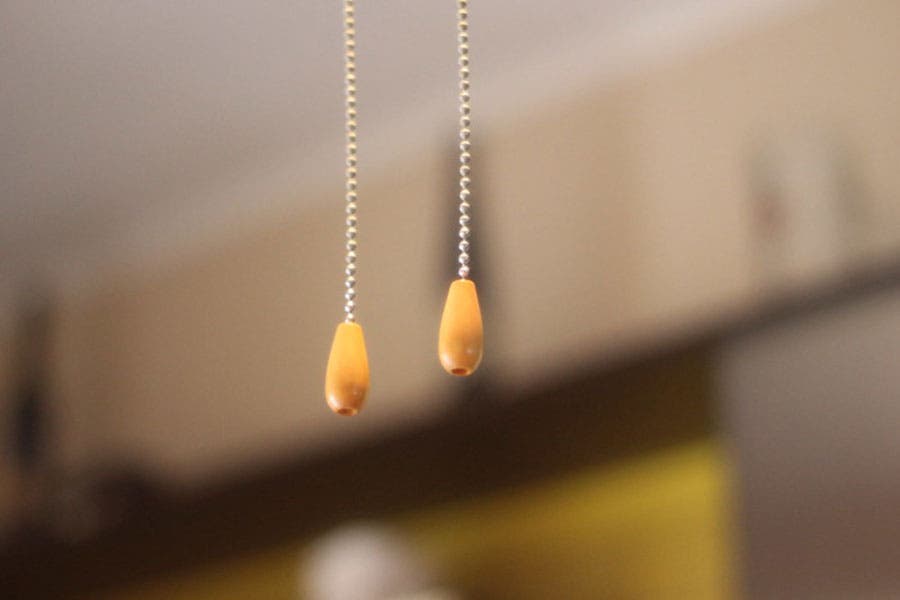

It is a superb lens, and I find it is worth its weight! Other flowers can make a colourful bokeh I usually work with the small and light NEX-6 and NEX-7 series, but this lens is too big and heavy to use with them. My main go-to macro lens is the Sony 100mm f/2.8 Macro Lens which I have mounted on the Sony 77m2 body. But with a good macro lens and a 2.8 F-stop it can disappear into a lovely blur! The smooth silky bokeh effect. This bokeh effect is one that I treasure! I often have to shoot with a background that is ‘busy’, visually intrusive and distracting. That produces the out-of-focus ‘blur’ which can become a bokeh effect. Īll manner of bokeh types, shapes and effects can be produced by camera lenses – the essence of the process is to get distance between the focal point of the shot, and the background. Telephoto and macro lenses are both good in creating bokeh, especially with a shallow Depth of Field (typically F-stop 2.8 or lower). What bokeh effect you can achieve will depend on the lens you are using and the F-stop you choose.

The article here Wiki gives a good starting point to explore the technical side of the bokeh. Bokeh has been defined as “the way the lens renders out-of-focus points of light.” “In photography, bokeh is the aesthetic quality of the blur produced in the out-of-focus parts of an image produced by a lens. The term ‘Bokeh’ comes from the Japanese meaning ‘haze’ or ‘blur’, and it has become one of the most sought-after effects in photography.

Quite where to place them between lens flare and bokeh is difficult to say, as the effects can be close to both – and at the same time! Early sun on the Japanese plum tree. Low winter sun through the car windscreen creates a prism or rainbow effect.Īnd one reason I am passionate about the Lensbaby optical system is that it can produce the most amazing array of optical effects “in camera” using the construction of the optics. Here the contre-jour effect is added to by the effect of the sunlight striking the car windscreen. Here the effect is lovely, but only after I removed a larger flare from the foreground!Īnother regular practice of mine is shooting through glass, either indoors with the sun shining through the window, or, as here, through the car windscreen as we drive along. The bridge across the Deveron estuary at Banff, Aberdeenshire, Scotland.Īt its best the lens flare can add some lovely effects – at worst it can completely swamp the image. but whether using an external filter or a converted camera, lens flaring does seem to be a problem associated with shooting in the infrared spectrum. I use converted digital cameras, that have been modified to only shoot in the infrared spectrum…. In the shot above, the position of the sun partially ‘blinds’ part of the tree trunk, and splits the shadows, casting the left-hand shadows to the left of centre, and the right-hand shadows to the right.Īnother common lens flare situation that I find is shooting in Infrared. … The sun, or other light source, is often seen as either a bright spot or as a strong glare behind the subject.” from Wiki It “is a photographic technique in which the camera is pointing directly toward a source of light and an equivalent technique of painting. The technique of shooting straight at the light is called Contre-jour: from the French, literally: against day(light).

It took a bit of manoeuvring to get this balance right! So I either have to use the lens flare, as here, or try to position the camera so that some obstacle, (such as a tree trunk here) can block the direct sun. Low winter sun is a common problem in northern Scotland, where I live. Shooting straight at the sun is a familiar situation…. There are situations where I know I will encounter lens flare, and try to use it, others where I try to minimise its impact. Lens flare was (and sometimes still is) seen as a mistake, an unfortunate side effect of the lens and the light source: see this article on the Wiki – but now it is often sought out for intentional use in a photograph. That is the ideal that I try to adhere to, but I do sometimes fall by the wayside, and ‘cheat’. Ideally both are produced by the actual lens, and not applied later in post-processing. The key to both bokeh and lens flare is that both are produced “in camera” as part of the shooting process. I confess to loving both effects, and using them regularly – but I do wonder if they are becoming over-used!
#Bridge camera bokeh how to#
Lens Flare and Bokeh – some thoughts on how to use themīoth bokeh and lens flare have become very popular in modern digital photography, so much so that lenses are now advertised as having the ability to produce wonderful bokeh effects.


 0 kommentar(er)
0 kommentar(er)
